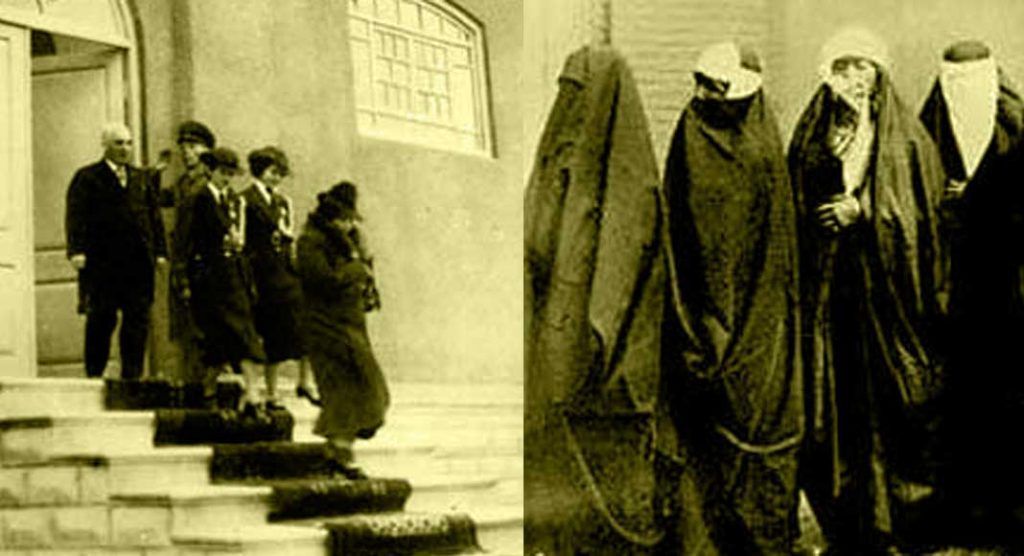January 09, 2017
In a highly controversial move on 7 January, 1936, Reza Shah, the founder of the Pahlavi dynasty, banned Islamic hijab and various kinds of head cover, including chador, veil, and headscarf. As contentious as the move was at the time, the Shah was responding to the prevailing intellectual climate in the country, and to a call by a small and yet influential group of progressive thinkers whose aim was to usher a new era of open society in Iran.
The internal political opposition perceived Reza Shah’s action as antidemocratic. Opponents believed that Iranian society, recently liberated from the regressive rule of the Qajar dynasty (1785-1925), should embrace progressive actions such as lifting of the hijab gradually, rather than having it decreed arbitrarily and forced on the population.
After the Islamic revolution of 1979, the veil of ignorance and obscurantism once again enveloped Iran’s cultural life and psyche, plunging the society into a new dark age. From 1936 until 1979, women made great progress within the enlightened Iranian society. Met with forceful resistance, it took the Islamic republic three years to finally impose mandatory hijab in 1982. Most women in today’s Iran do not observe the strict code of hijab such as chador, veil, and tightly wrapped headscarves, and continue to push the limits of the imposed restrictions on their personal liberties.
Some still argue that imposing mandatory hijab, or banning its use, are equally antidemocratic measures. Clearly, banning the hijab is a positive step towards protecting women’s rights in a free society, while forcing women to wear hijab violates their basic human rights. There are positive and negative impacts on the society for either argument. Drawing parallels between the two diametrically opposed ideas would be a politically motivated argument that aims to condemn the progressive policies of the former Pahlavi dynasty, while justifying and normalizing the oppressive actions of the Islamic regime in Iran.


